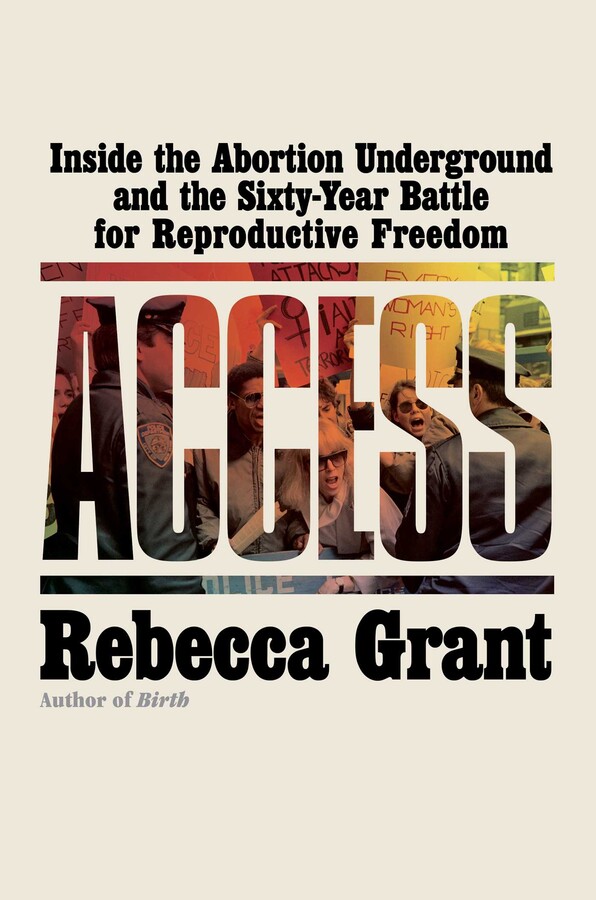Abortion in the United States has moved between eras of criminalization and eras of legality, but at no point have women ever stopped needing them or having them. In this sense, women’s lives have always rendered any abortion bans or restrictions illegitimate. Another way to say this is, by virtue of being women, we have always lived outside the law.
Through the mid–nineteenth century, abortion until “quickening”—when the fetus is felt to move, usually during the second trimester—was common practice and legally permitted. This changed in 1847, with the founding of the American Medical Association, which sought to institutionalize medicine and put power in the hands of (male) doctors. Its members were particularly incensed about midwives, and it was in the 1850s that the movement to criminalize reproductive care, from contraception to pregnancy to abortion to birth, began. The AMA formally adopted an anti-abortion stance in 1859, and criminalization laws really began to enter the books in 1860.
Abortion then became illegal for a century, though of course abortions continued. American literature from the 1910s through the 1940s is full of characters having abortions or trying to have abortions. Women of means traveled to Mexico or were connected to local doctors who did “clean work,” as is Joan Didion’s fragile heroine in the 1970 novel Play It as It Lays. Women without means resorted to these more desperate methods, among others: douches of powdered kitchen mustard or glycerin; flooding the uterus with kerosene and vinegar; inserting into the cervix paintbrushes, knitting needles, cocktail stirrers, telephone wire, pencils, chopsticks, bicycle pumps, or gramophone needles.
Grant’s story begins in 1966, when three women known as “the Army of Three” begin challenging California’s abortion restrictions by handing out lists of reputable abortion providers on San Francisco sidewalks. Just a few years prior, a sophomore at the University of Chicago had used her civil rights movement connections to help a friend access an illegal abortion, and the calls kept coming. With fellow feminist activists, she started an abortion counseling service to connect women to safe providers. Security was of the utmost concern, and so the women chose the most generic name for themselves: the Jane Collective.
By 1972, the Janes had developed a sophisticated security protocol, a list of reputable doctors, taught themselves how to perform surgical abortions safely and dispense with doctors entirely, offered a sliding scale payment program to make abortion accessible to everyone who called, and provided around 11,000 abortions. In May of that year, a police operation raided their rented apartment, arresting seven Janes, who spent the time in their paddy wagons from apartment to station ripping up and eating the patient contact cards they carried on them.
